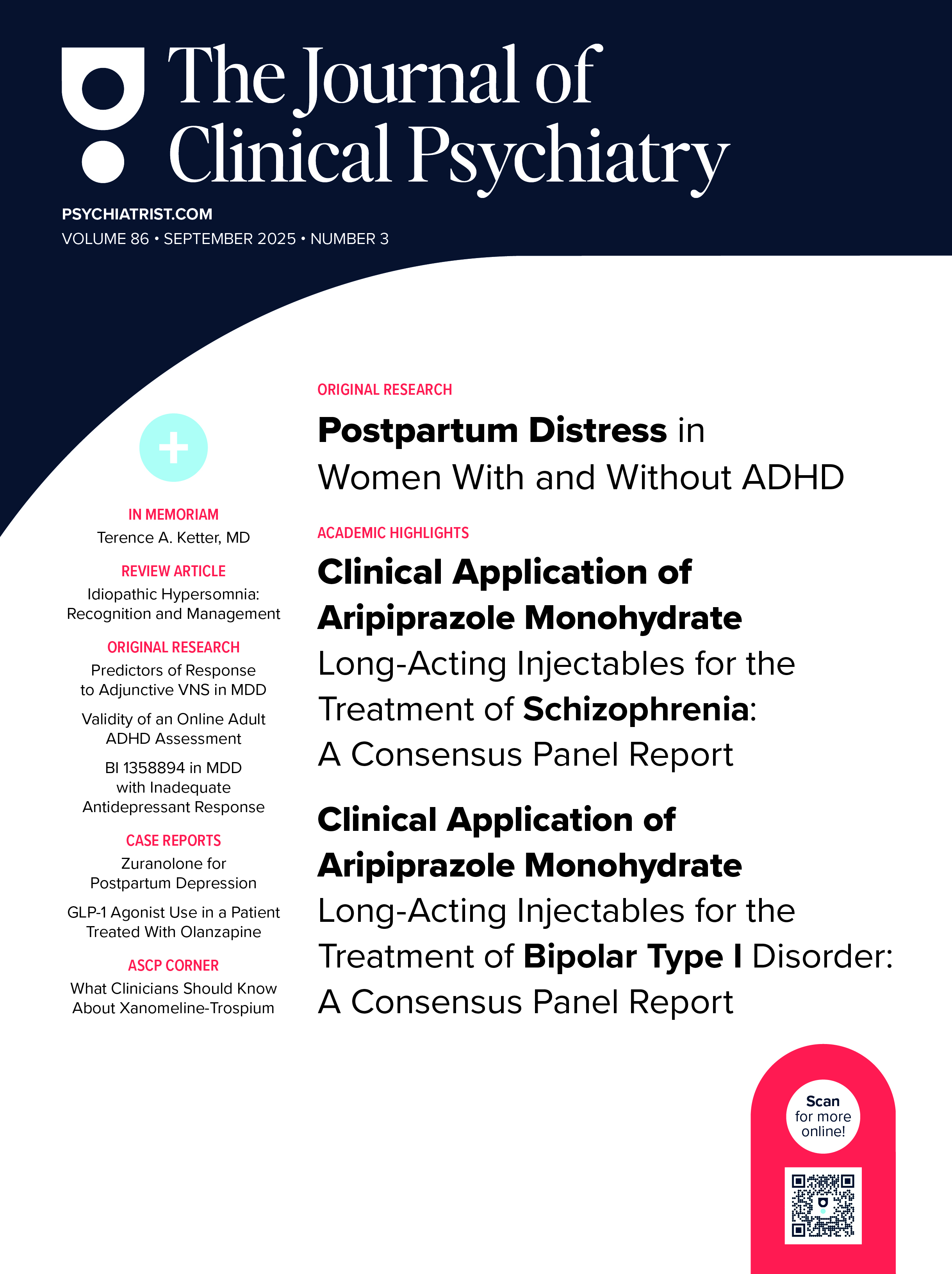Objective: This study sought to determine whether black/white disparities in service utilization for mental health and substance use disorders persist or are diminished among individuals with psychiatric comorbidity in the general population.
Method: The 2001-2002 National Epidemiologic Survey on Alcohol and Related Conditions was used to identify individuals with lifetime co-occurring substance use disorders and mood/anxiety disorders (N = 4250; whites, N = 3597; blacks, N = 653). Lifetime service utilization for problems with mood, anxiety, alcohol, and drugs was assessed.
Results: Compared to whites, blacks with co-occurring mood or anxiety and substance use disorders were significantly less likely to receive services for mood or anxiety disorders, equally likely to receive services for alcohol use disorders, and more likely to receive some types of services for drug use disorders. Regardless of race/ethnicity, individuals with these co-occurring disorders were almost twice as likely to use services for mood/anxiety disorders than for substance use disorders.
Conclusion: Despite the fact that comorbidity generally increases the likelihood of service use, black/white disparities in service utilization among an all-comorbid sample were found, although these disparities differed by type of disorder. Further research is warranted to understand the factors underlying these differences. Prevention and intervention strategies are needed to address the specific mental health needs of blacks with co-occurring disorders, as well as the overall lack of service use for substance use disorders among individuals with co-occurring psychiatric conditions.
Please sign in or purchase this PDF for $40.00.




